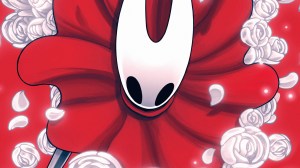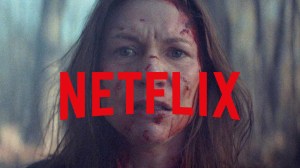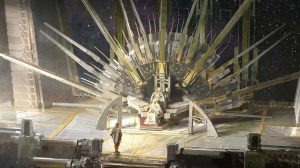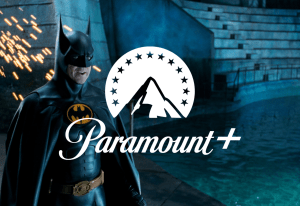Hollow Knight: Silksong is finally out. Over the years and many delays, people wondered if it would ever release or if it was bound to be a meme forever. Thankfully, developer Team Cherry used that extra time wisely to try and create a perfect game — or, rather, a near-perfect game in this case. Despite loads of challenges (some self-inflicted and others a result of potentially mean-spirited development), Team Cherry has delivered another high-quality, thoroughly engaging experience.
Videos by ComicBook.com
Hollow Knight: Silksong is the follow-up to 2017’s Hollow Knight, one of the most cherished and best-selling indie games ever — and definitely of this generation. Originally planned as a DLC for the game, Silksong quickly grew beyond those limitations and ultimately became a full-fledged sequel that was eight years in the making. First announced in 2019, it was finally released on Nintendo Switch (and Switch 2), PlayStation 5, Xbox Series X|S, PC, Xbox One, and PlayStation 4 on September 4, 2025.
Silksong is only the second game from the indie studio currently made up of a handful employees, but Team Cherry is already on track to be one of the greats, with some things to still learn along the way, seeing as this sequel is terrific, but flawed.
Rating: 4/5
| Pros | Cons |
| Beautiful aesthetics | Unfairly punishing at times |
| Solid progression of difficulty and improvement | Long runbacks lead to poor pacing |
| Phenomenal lore and storytelling | Overpowered enemies |
| Excellent price point | Frustrating economy |
Silksong Looks Amazing — And Its Detail Is Why It’s Such a Success

The first thing players will notice in Silksong is its meticulously crafted world. It is painstakingly designed with so much detail that each area feels distinct and looks incredible. Everything interacts well, but it is the art design that makes this game stand out so much from the competition: it is, quite simply, beautiful to look at. In some ways it reminds me of the art design from the Ori games. However, what’s keenly different is the color scheme. It is as if each area is defined by one hue, albeit with several variations of that one hue present on the screen at any one time. And the way the Hornet contrasts with them is brilliant, allowing the main character to always stand out even when the background can be domineering.
This is all in service of creating a strong ambience for the game that is heavily complemented by the score. Over the years, video game soundtracks have gotten better and better, and sometimes, fans can sit there and just listen to the music and fall in love with the world of the game they’re playing. That happens here, with Silksong. But the unquenchable desire to continue progressing and get better at the game may force you to keep moving along. There are times when the score pulls back to allow you to feel like you’re really in the cave, which speaks to impeccable game design on that end.
It all makes exploration fun and fulfilling. Platforming around and trying to find new things is easily the part of the game I enjoyed the most — exploration is the most rewarding part of Silksong. The boss fights usually only allow progression and don’t reward players with much, but exploring can lead to useful items, upgrades, and the ever-valuable rosary beads, which led to my first real downside in this game: the economy.
Silksong’s Economy Holds It Back and Makes the Game Tedious At Times

Being that Silksong is only $20, capitalism, which probably would’ve demanded a much higher price for such a game, did not play a huge role. Team Cherry took their time, worked hard, and delivered an affordable game in an era when $80 is on the verge of becoming the norm. But within the world of Silksong, capitalism is one of the biggest enemies you’ll face.
Some benches, fast-travel points, and items cost beads to use or obtain, but getting beads is not easy. Only a select few enemies actually drop beads when killed, and while you can find strings and containers of beads while exploring, they still don’t produce as many as you need to buy all the important things. There are easy enough ways to farm the currency, but that gets tedious and it distracts from the good things the game offers.
Instead of exploring or fighting the legions of powerful bosses, I got stuck way too often running into a room, killing enemies, collecting beads, exiting, sitting on the bench, and then repeating the entire process. It doesn’t take long to find beads, but it messes with the pacing of the game. The only reason it’s necessary is that things are so expensive and half the enemies don’t provide them. I also found that it was easy to lose them, especially if you had any during a boss fight that required a hefty runback after dying.
Brutal Runbacks and Painful Boss Fights Hurt Silksong‘s Pacing
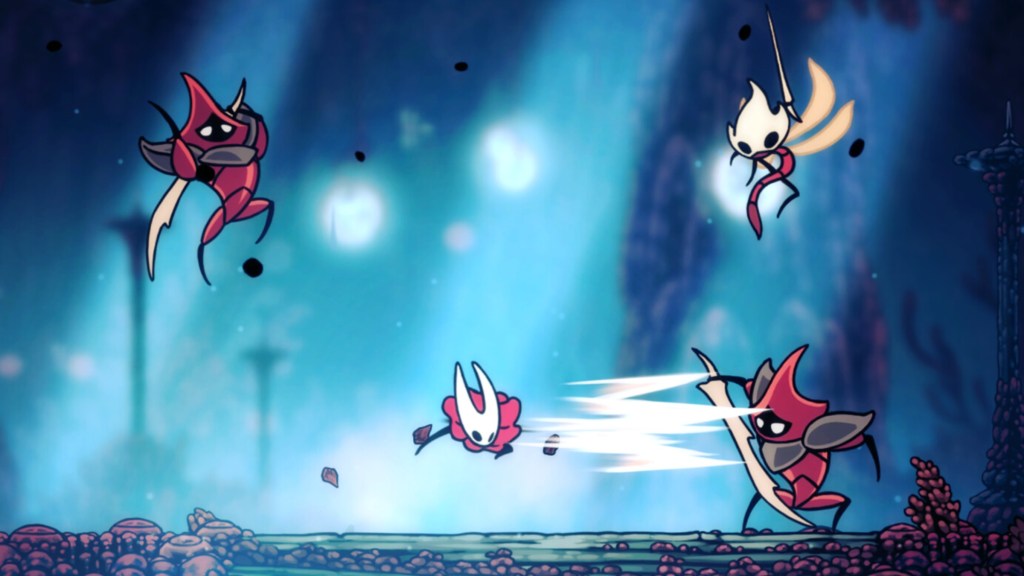
Those runbacks are sometimes the worst part of the game. At one point, I was stuck fighting a boss room with multiple waves of enemies in Shellwood (yes, it is a skill issue) and had to platform back and forth in the prior room for a long time just to get there, die on the third wave, and repeat the entire, painstaking process. That’s just one example, too. There are a ton of fights that don’t have an immediate bench, meaning you have no choice but to spend too much time running the same route again.
If there are enemies along those routes, like the ones in that room I kept platforming through, it can be difficult to make it back to the boss with full health and silk. And if that’s the case, these bosses are just too challenging to have any sort of success without starting in peak shape. The thing is, runbacks are a staple of both the Soulslike and Metroidvania genres, but it is easily the worst staple.
This is partly worsened by the difficult bosses. A wild percentage of the bosses you’ll fight, even at the beginning, deal double damage compared to Hollow Knight. The healing mechanic is buffed, but it’s not quite enough to offset the damage, adding a layer of challenge to a part of the game that’s already quite difficult. And unfortunately, it is not done in the service of being rewarding. It’s just hard for the sake of being hard.
There is a rush of euphoria after beating a boss, but it’s not satisfaction — it’s relief. Relief that you don’t have to endure three or four brutal waves from an incredibly powerful enemy or have to run all the way back just to keep dying. Hard bosses are supposed to feel rewarding, but Silksong often just throws the book at you without any sufficient reason. Most bosses only unlock a door — just a door — and after all I went through to beat them, I feel like I and other players deserve more than that.
With that said, there is something built into the battles that does keep players coming back. I knew nothing of true value was waiting for me on the other side, but I kept running back and trying countless times to beat the boss. And for what it’s worth, I consider it a great personal achievement that I was able to eventually defeat Fourth Chorus without taking a single bit of damage. It just took me forever to do so and ground the pacing of the game to a halt.
Skill Issue or Not, Silksong Makes Things Harder Than It Needs to
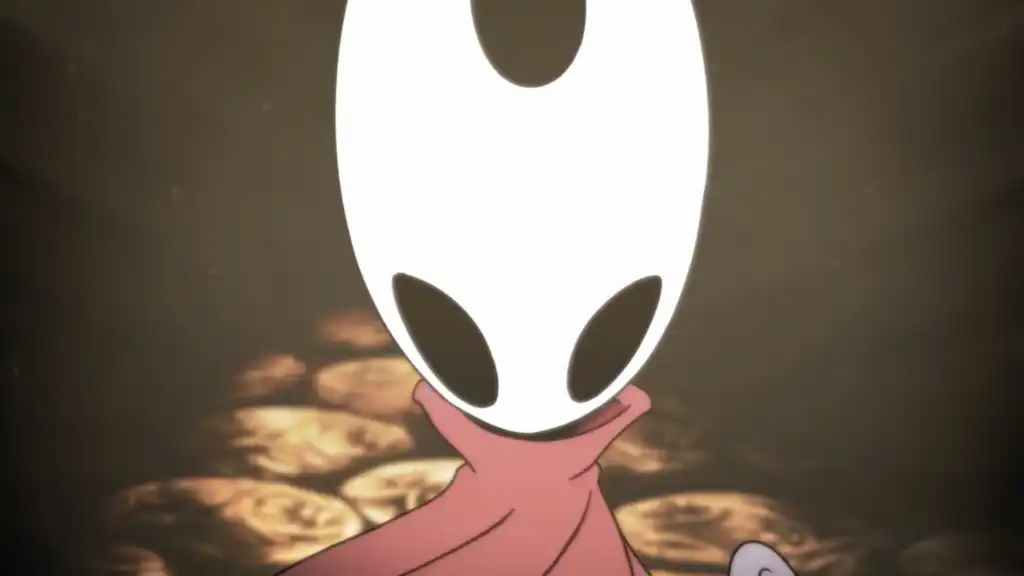
I am fully aware it’s a skill issue, but it’s not one I’m alone in. Even veterans of the genre have remarked on how much harder the Hollow Knight sequel is, and while it is a follow-up to a hard game, a sequel is just a second game. There’s no mandate that it has to always be anything in comparison to its original, least of all more challenging. It’s just a follow-up, so Team Cherry upped the difficulty level not out of requirement, but out of their own choice.
On that note, several aspects of the game feel unfairly punishing. The regular enemies are strong and pesky to deal with. Without certain items, they can knock you off a platform even if you manage to avoid getting hit. And the flying enemies are particularly troublesome. The entire game sometimes feels built around the idea that the tiniest mistake needs to be punished harshly.
That was a major frustration I had. If you’re off by even the tiniest bit on an attack, you can be killed, which ultimately results in another runback and another attempt at a boss fight from the beginning. And Hornet’s moveset is based on speed. I loved the dash attacks and used them whenever I could for quick damage and spacing, but if the enemy is ever-so-slightly closer than you expect, you get hit hard just for making brief contact, even if the enemy is stunned and downed.
This feature is not all that surprising, but it is a flaw in the game design. Silksong is supposed to be fast-paced. Hornet moves quickly, and her attacks are fast. So, requiring speed but also perfect precision is not a good combination. If speed is the goal, then players should be rewarded for playing fast and not being made to suffer for a minor miscalculation. If perfect accuracy is the goal, then speed is a really unfortunate juxtaposition that only serves to make things worse for the player.
Silksong Is Sometimes Maddeningly Difficult but Always Alluring
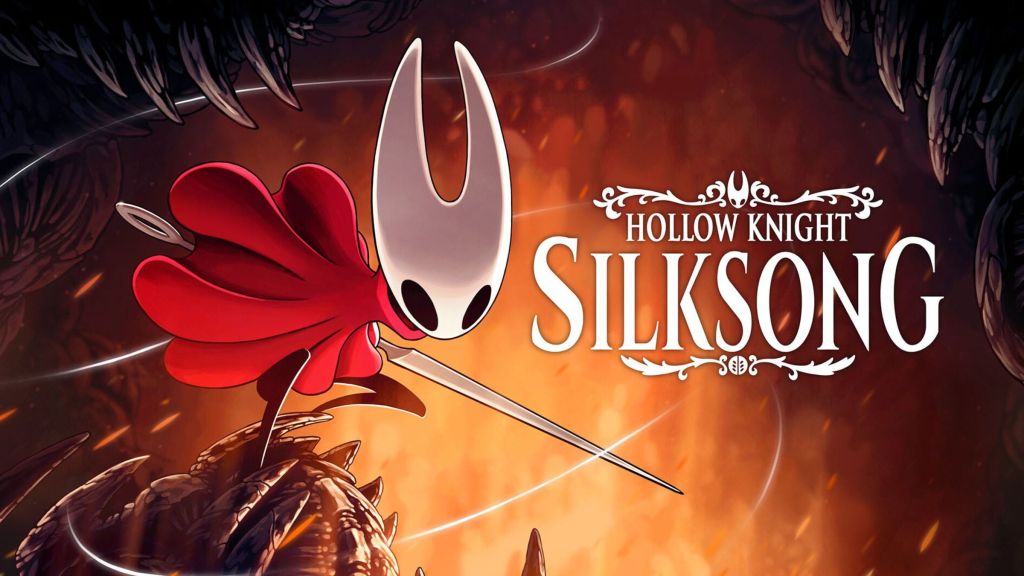
All of the above can lead to some disheartening moments. To come so close to beating a boss only to have to start over again, and have a different experience with it, is hard. You aren’t going to get the same exact moves in the same exact order every time, so repetition isn’t going to get you any closer to victory. I can’t tell you how many times I got to within a couple of hits of defeating an enemy only to lose in the first phase on the very next attempt. It can feel like you’re not learning anything or making progress.
But under that layer of exasperation is the undying need to get it. I’ve never been a gamer who seeks out difficult things. I lower the difficulty setting (something that I do kind of wish was an option with Silksong) when I can. I’m here for a good time, not to work up a sweat and get aggravated over my own lack of ability. But with Silksong, it was not a want to get better and prove my mettle — it became a need.
Every frustration I had when fighting a boss 87 times or trying a particularly challenging platforming sequence was underscored by an insatiable desire to win. If after 87 tries I didn’t have any success in another game, I would have given up, but that wasn’t an option here. In fact, I didn’t want to. I wanted to take all that frustration and blow it up with a successful victory. It wasn’t all that rewarding in-game, but I quickly developed a desperate need to see it through. That’s what makes Silksong so good despite all the unnecessary and sometimes downright evil challenges. You might think the following phrases equally while playing: “This is a masterpiece,” and “I hate this game.”
And for what it’s worth, the challenges do get easier as you go along. Well, they don’t, but if you have progressed to a certain point, it means you’re better now than several hours ago. I’m not going to test this theory, but after moving through different areas of the impressively huge map, I feel like I could go back and have a much easier time with the earlier bosses than I did when first attempting.
Abilities and tools help, but there’s also just an inherent growth to one’s own skillset just by playing the game. It is balanced well, too, because you can never outpace the difficulty increase. So while the game gets a little harder as you go along, your skill improves, so it’s barely noticeable. It’s always hard, but I often did not realize how much harder it has become because I had just been able to, as Hornet put it so eloquently in the first game, “get good.”
Through it All, Team Cherry Has Crafted a Hit With Silksong

It might seem like I have too many complaints to have enjoyed this game, but that’s not the case. As someone without a lifelong love of Metroidvanias, this one in particular has me convinced it’s a genre I need to play more of, and that’s knowing the struggle. I see clips of other people playing, and it looks as if we’re not even playing the same video game. Yet, I keep coming back. It’s not the hype, either, because I wasn’t invested in a sequel to Hollow Knight for years. It’s just that it’s a great game in spite of the deficiencies it very much has.
Part of that is absolutely due to excellent storytelling. Silksong is dripping in lore. The story isn’t fed to you in endless cutscenes, but it’s told in interactions with characters that could theoretically be skipped. Now, of course, there are also cutscenes, but just experiencing those as you go along would be doing yourself a disservice. As much as I complained about the pacing being slowed, stopping it entirely for a cutscene was exciting because it meant being introduced to more about Hornet, Pharloom, and other characters.
Hornet’s tale isn’t likely to be rushed into a film or television adaptation, but it is another example of the growing quality and prevalence of real storytelling in video games. It didn’t have to be that way, either. The game has a wonderful atmosphere, enthralling gameplay, and tons of content, so the developers could’ve gotten by without adding a rich narrative to highlight it all. But they chose to anyway.
What do you think? Leave a comment below and join the conversation now in the ComicBook Forum!


